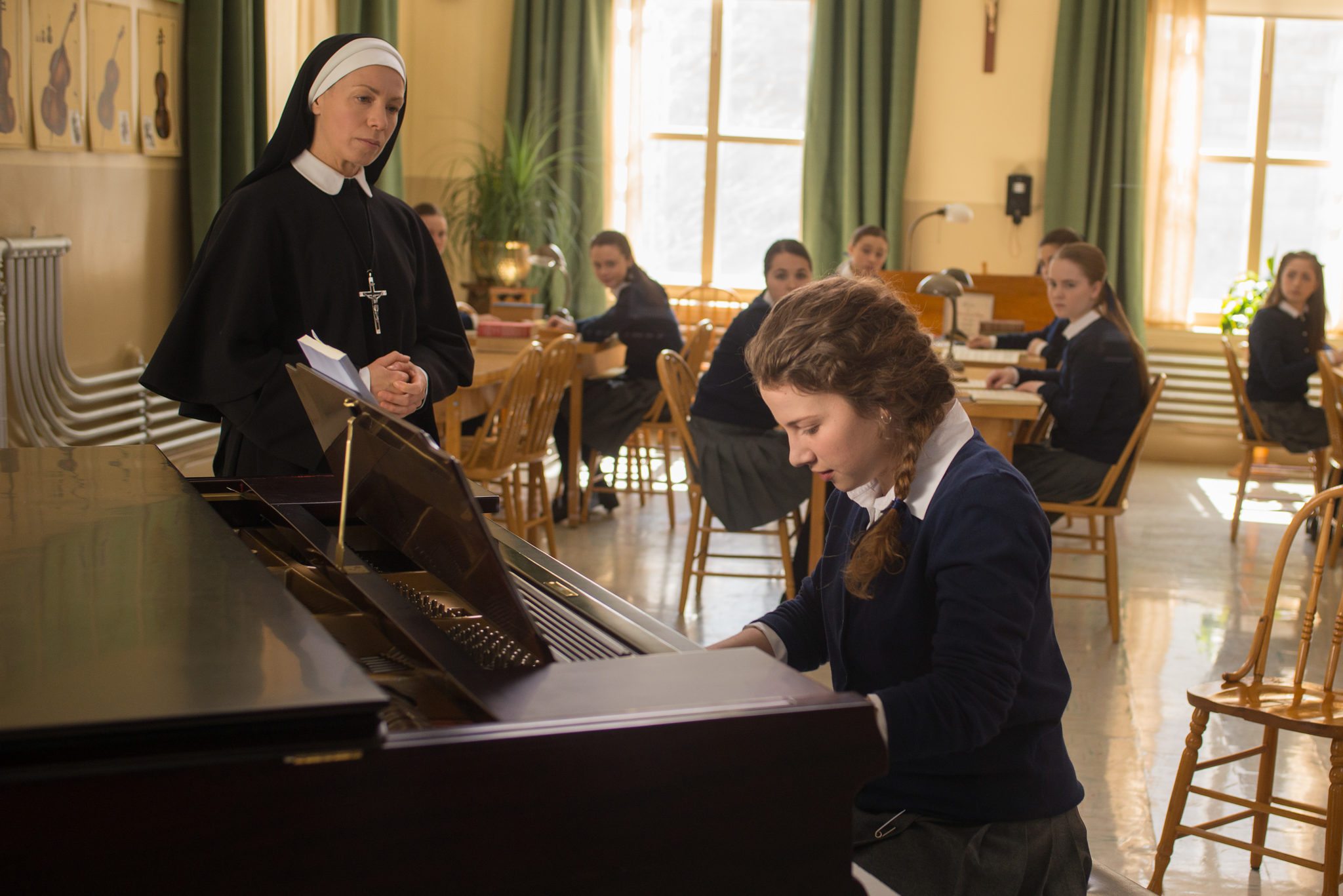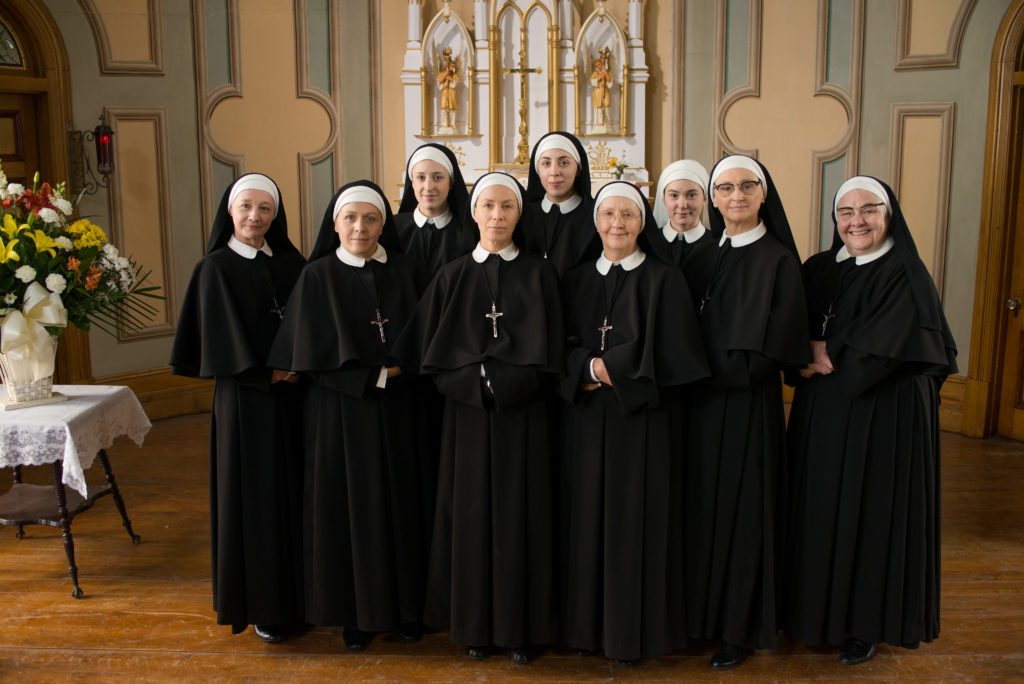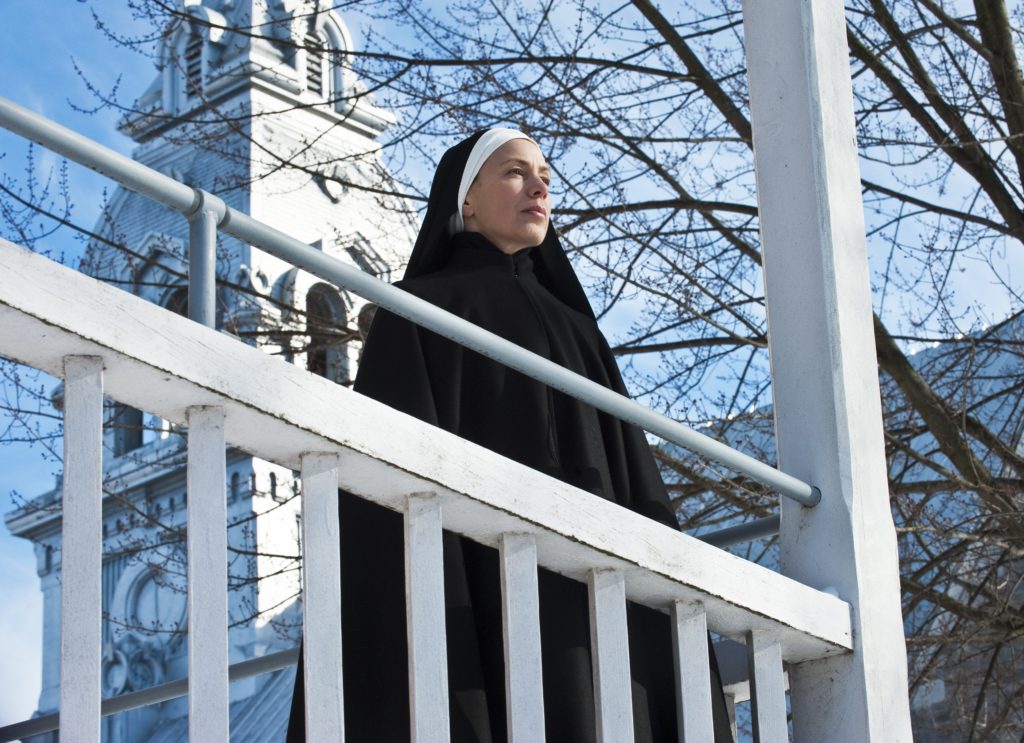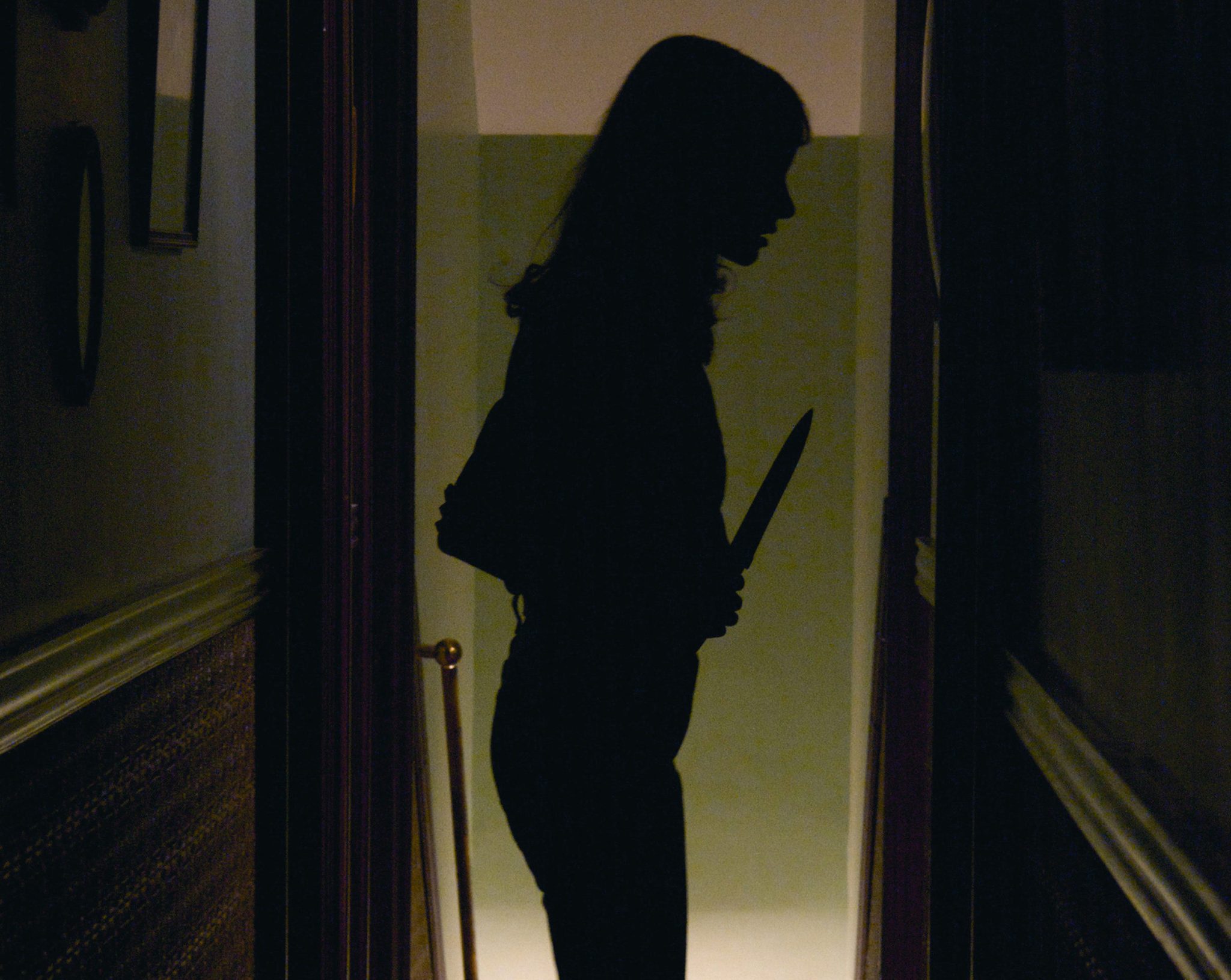?Modernity is killing me.?
The 1960s were a time of momentous change. We remember much of the social upheaval, but we often forget what major shifts happened in the church. As a bishop says in The Passion of Augustine, ?Everything is moving too fast. Modernism is attacking us on all fronts: Vatican II, loss of faith, fewer vocations, and worst of all: the Ministry of Education . . .. Prepare for the worst.? The pressures of the changes play out within a small convent school in Quebec.
Mother Augustine (C?line Bonnier) heads the Sacred Heart Convent and the school for girls that specializes in music training. It is a very regimented life?both for the nuns and the students. The school often turns out winners in the provincial music contest. But things may change. The government wants to take over education, and the convent schools may have to close. Augustine battles with her superior over the convent. And then Augustine?s niece Alice (Lysandre M?nard) is brought to the school because her mother must leave. Alice is a gifted pianist, but is disruptive. Alice brings a bit of the social changes of the outside world into the convent. She also brings change into Augustine?s relationships.
At the same time, the church and convent are going through changes brought on by Vatican II (the 1962-65 Ecumenical Council of Catholic Bishops that brought major revolutions to the Church). At the beginning of the film we see a bit of a Latin mass. At just about the midpoint there is a folk mass. The shift is startling?and more than a bit jarring for those who have built their lives around the church. When the time comes for the nuns to abandon their old habits and vails, we see that it is a painful and emotional time for them. Not just because of the clothes, but because the security of their chosen life was being stripped away. How shocking and even distressing it must have been for them to go from dressing ?like 18th century widows? (as one of the nuns put it) to airline stewardesses.
But this is also a very personal trial for Augustine. It is not just the changes around her, but the changes within her as well. We see glimpses of her past that show us she was not always a pious nun. And in her struggles with the church hierarchy, she must choose how she is going to best fulfil her gifts.
Change often brings a feeling of chaos. But that chaos often soon becomes the new established order. The changes from Vatican II were not easily embraced by some in the Catholic Church. In all churches the prospect of change can lead to dissension. (How many church board members does it take to change a light bulb? CHANGE?) Everything around us seems to be in a state of constant flux. We may rely on what we think are foundational institutions like the church to keep us grounded. But like everything else, those too undergo change. It is good to remember that often God can work through those changes to continue to fill the world and our lives with God?s love.
I first saw the film at the Newport Beach Film Festival two years ago. At NBFF it won five jury prizes: Best Feature Film, Best Actress, Best Supporting Actress, Best Director, and Best Screenplay. I don?t know if it ever got a non-festival release in the US, but now it is becoming available on VOD. I?m happy to have the chance to revisit this story of the struggles of faith in a changing world.
Photos courtesy of Under the Milky Way








